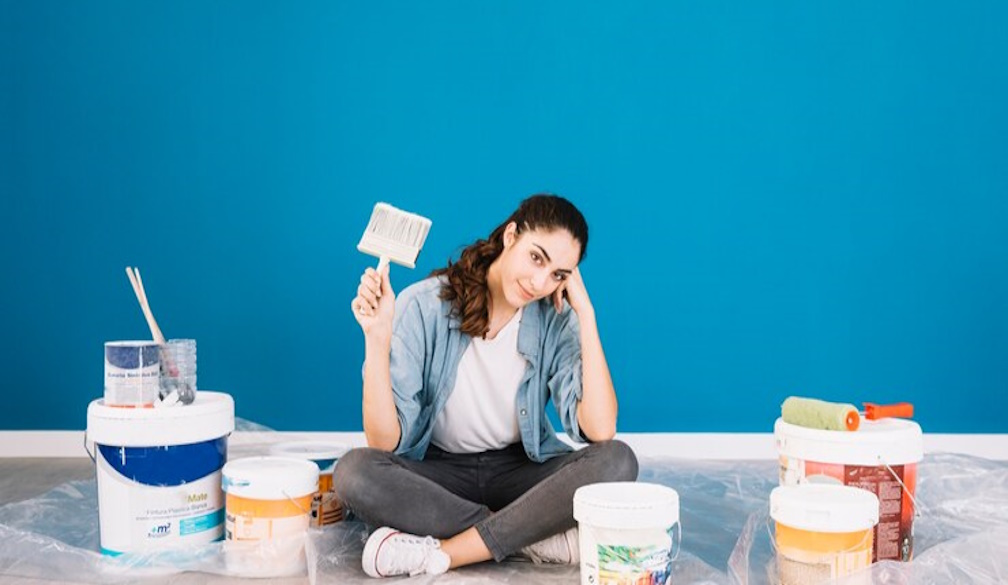Top Interior Painting Challenges

Interior painting is Key to how your house looks on the inside. It transforms a house into a home that you desire and enjoys looking at. This means you need to be careful to avoid regrettable mistakes. It would feel bad for a painting project to end and be unsatisfied with the results. There are common problems in interior painting caused by different factors. This article will help you understand those problems and what to do to avoid them.
Adhesive or leftover paint
When painting, you should get rid of the old paint from all surfaces to avoid uneven textures. Apart from the old paint, completely remove anything on the wall, such as wallpaper. Keep all scraps in, as this can prevent you from getting smooth and seamless paint. To avoid this issue, hire an experienced painter who will help you get rid of any residue that can ruin the new paint. You can get quality painting services Auckland and avoid the disappointment that comes with the wrong painting. You should also carefully choose scrapers and solvents for your project based on the type of paint you want to remove.
Dislocation and Moisture Damage
You may see some spots that are darker than the other parts of the wall. This means there is moisture damage below or at the surface. This can be very frustrating, considering how much you have invested in the affected painting area. You should not leave it unattended as the situation can worsen and cause more structural and aesthetic problems in your house interior. It could be caused by improper caulking of interior windows or doors. Prevent this issue by using the correct amount of caulk, applying it evenly, and giving it enough time to dry. Call a painting contractor to check for water damage to prevent cracking walls, doors, and ceilings.
Too Little or Too Much Paint
You need to use the right amount of paint. Most people find themselves not applying the right amount of paint when it ends amid the project, and they have no budget for extra paint. This can be frustrating as it prevents you from getting the results you desire. To avoid finding yourself in this mess, do proper calculations by measuring the surface you want to paint and getting the right amount of paint before commencing the project. Over-painting can also occur as a result of overloading the brush or tray with paint.
Choosing the Wrong Paint
You might choose the wrong paint due to a lack of knowledge or being confused by the many types of paints found in stores. Using the wrong paint on the wrong surface affects the adherence and appearance of the paint. Avoid this trouble by paying careful attention to labels when buying paints. You should buy the paint that matches the surface on which it will be used. You can also prevent the issue by getting help from an experienced painter.
In conclusion, interior painting plays a significant role in a house's mood. Know the common challenges of interior painting and how to deal with them. If you are replacing paint, ensure that all residues of old paint are removed to avoid uneven distribution. Identify moisture damage and handle it immediately to avoid a larger problem. Use the right amount and type of paint for quality and durable results.
